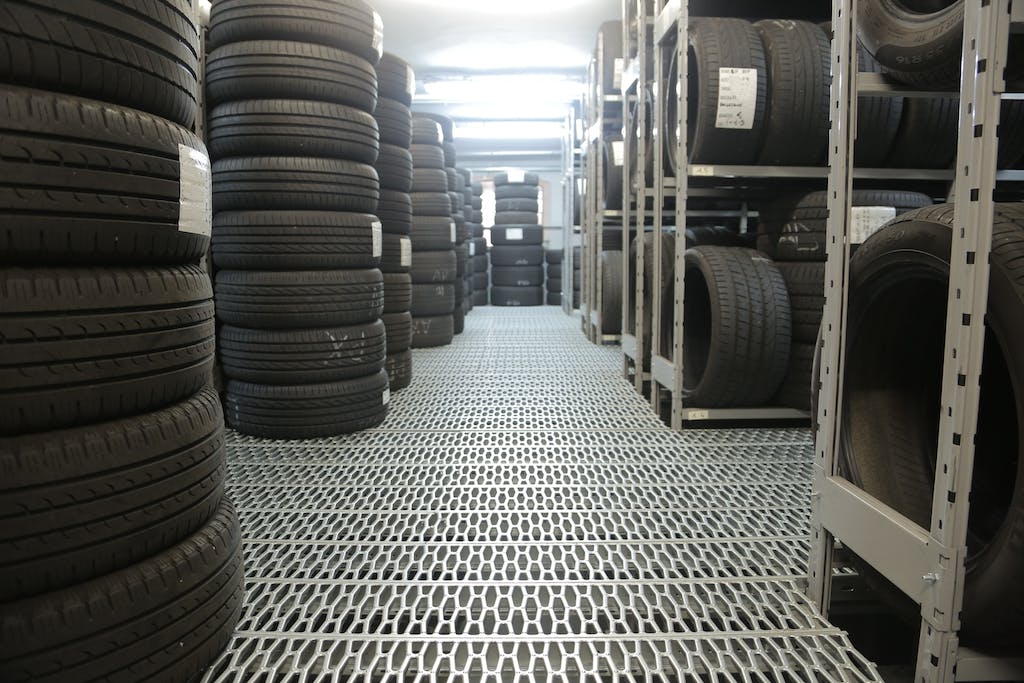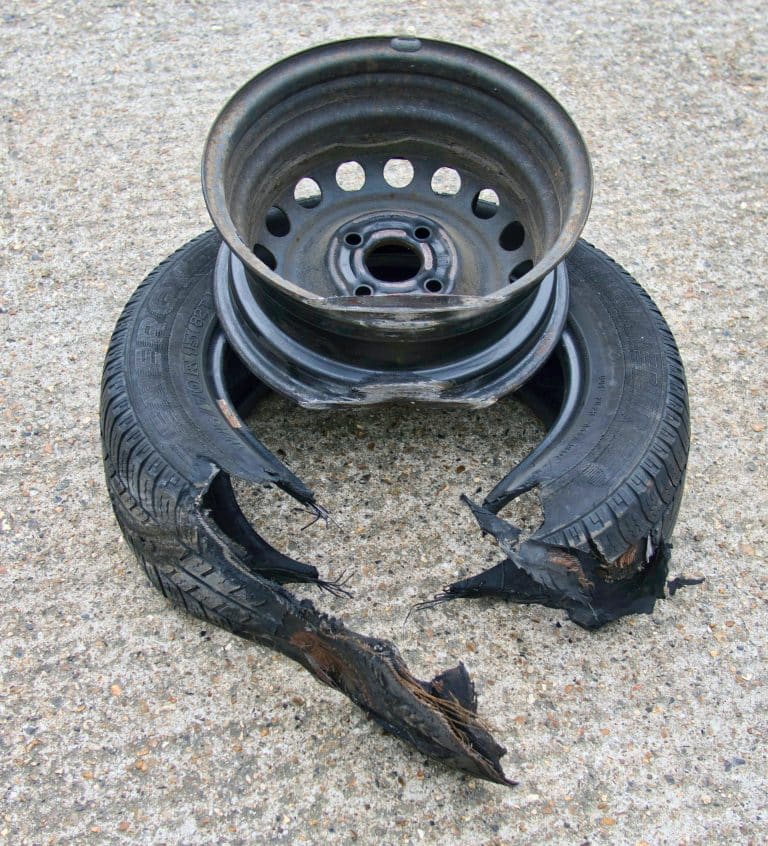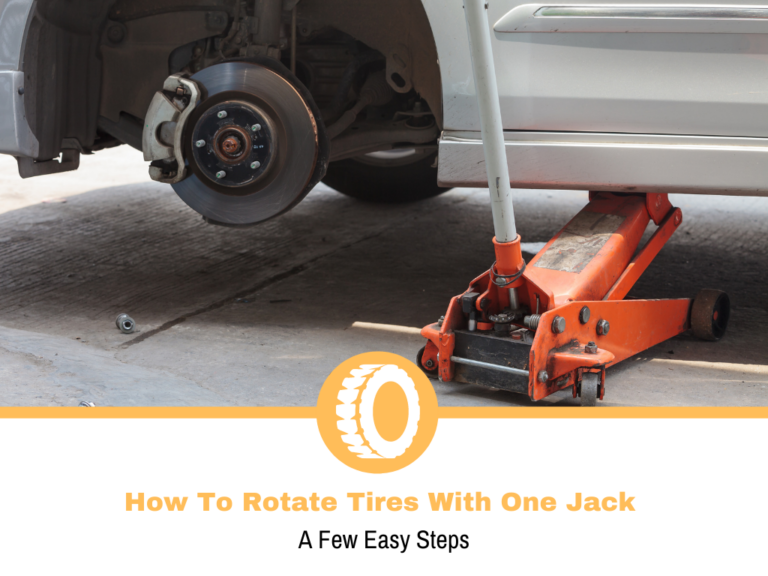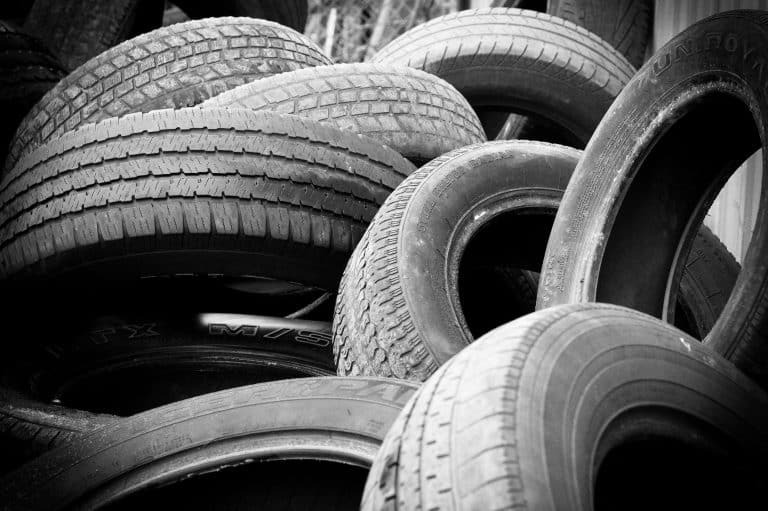Do New Tires Need To Be Retorqued?
Tires are made to last a few years and should eventually be replaced with a brand-new set. However, there are a few factors worth considering whenever you decide it’s time to replace them. Because your tires are the only contact patch between your car and the road, they always need to be adjusted as precisely as possible, as such they might also need ocassional balancing and rotating.
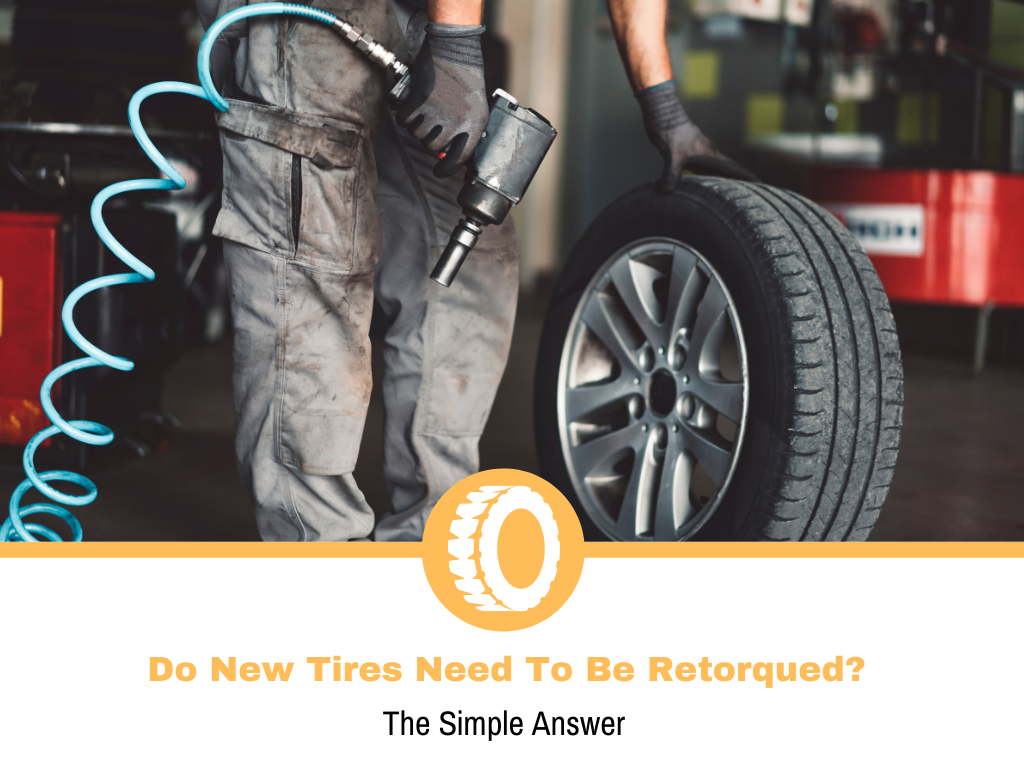
When Do I Need To Retorque My Wheels?
To maximize safety and minimize any potential risks involved with a set of brand new tires, you need to get them retorqued a day or two or 50-100 miles after you’ve changed them. The lug nuts can potentially loosen due to the weight of the car, the rotational force of the wheels, and all the other stresses associated with driving. Therefore you need to retorque them so they can settle in place safely and stay there for the longest.
What’s The Point Of Retorquing Tires A day After You’ve Torqued Them?
It may seem redundant at first but retorquing your wheels a day or two after you’ve changed them ensures that your wheels and tires are not going anywhere. Maybe there is no need for your to retorque your wheels because your lug nuts might actually stay in place, but there are a few instances in which brand new tires might loosen so it’s essential for you to address them in due time.
What Causes My Lug Nuts To Loosen After A Tire Change?
- Temperature Fluctuations
- Vehicle Weight
- Rotational Effects Of Driving
- Uneven Road Surfaces
- Improper Wheel Installation
- False Torque
Temperature Fluctuations
Thermal Expansion is a term associated with how specific matter reacts in regards to fluctuations in the ambient temperature. For example, if you torque your wheels in a moist and hot environment and later bring the car outside where the temperature is below freezing, the initial clamping force/torque of your lug nuts might change.
Of course, this does not create a massive difference for existing and an already retorqued set of tires. However, given the fact that a brand-new set needs retorquing anyway, effects such as these can make quite a bit off on impact in addition to all the other reasons listed above.
Vehicle Weight
An average modern-day car can easily weigh more than 3000 pounds while an SUV can easily weigh twice as much. All of that weight is situated on four wheels which are connected to the car with a set of lug nuts. The purpose of retorquing your lug nuts is to make sure that the clamping force is optimal depending on the weight of the car.
Even though a 5000-pound car seems gargantuan considering that it’s only being supported with 4 to 5 lug nuts per tire, a 5000-pound car decelerating rapidly actually places most of its weight on the front two tires. As such, it’s vital that your lug nuts are torqued according to the manufacturer’s recommendations.
Rotational Effects Of Driving
Whenever you accelerate or brake with your car you are exerting lots of force onto your lug nuts which need to be able to withstand those forces continuously for a few years. This is why a set of lug nuts needs to be retorqued if the clamping forces are not set accordingly.
Uneven Road Surfaces
Uneven road surfaces are known to cause lots of damage to your car’s suspension and powertrain components. This is especially true if you go over an aggressive pothole swiftly as the impact tends to affect everything from your tires directly to your suspension and can even ruin your tires.
Potholes can potentially even change the clamping force of a brand-new set of tires which means that retorquing your tires a day or two after replacing them resolves the issue.
Improper Wheel Installation
Most modern-day technicians are experienced in all sorts of car-related maintenance and repair tasks which also include changing tires regularly. However, no matter how experienced you might be at something, there is always a great deal of chance that you might make a mistake or that the tools you are using stop functioning properly without you even noticing.
As such, this can end up in uneven torque between lug nuts which can easily be solved if you just go over all the lug nuts after a day or two.
False Torque
False torque means that something such as a piece of dirt came between the lug nuts and the housing which caused false torque readings during the initial fitment. Issues such as these can also be resolved easily by simply going over all the lug nuts a day or two after changing the wheels.
What Happens If I Don’t Retorque My Wheels?
If you don’t retorque your wheels you are risking the life of your car, yourself, and all of your potential passengers because insufficient clamping force can cause your wheel to come off during driving. This can happen with all sorts of warning signs while traveling slowly so it should not cause catastrophic issues.
However, there are countless instances in which issues such as these happened on highway speeds which are almost always going to end up catastrophic. Furthermore, if your lug nuts are too tight, they might also damage your threads, your brake fasteners, or even warp the brake rotors.
The probability of any of these happening is almost non-existent if your wheels are torqued properly, but if they are not, the chances of ending up in an accident are quite substantial.
Conclusion
Cars are intricate pieces of machinery that consist out of more than 30,000 parts on average. That is why even a small discrepancy such as uneven lug nut torque can initiate a myriad of potential issues down the line which could have been addressed early.
Consequently, you need to retorque your wheels a day or two or 50-100 miles after you’ve changed your tires. This is essential if you want to make sure that all of the 30,000 parts are connected with the road with the right clamping force.


